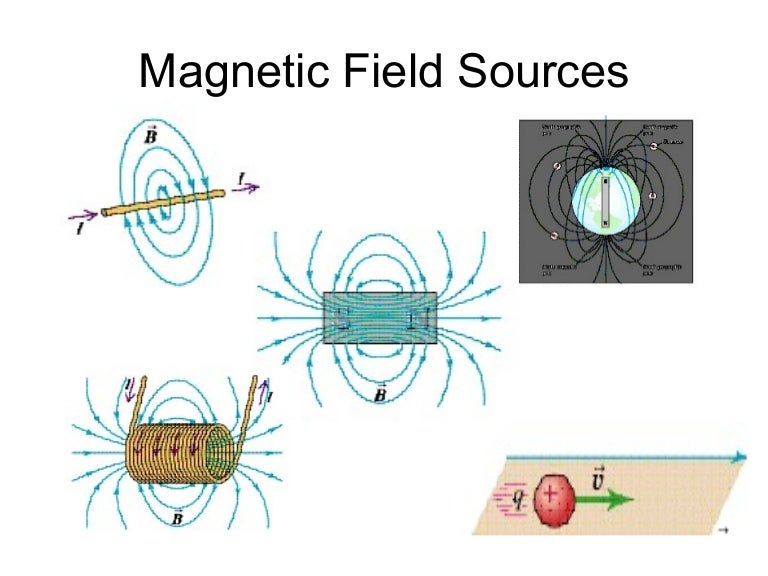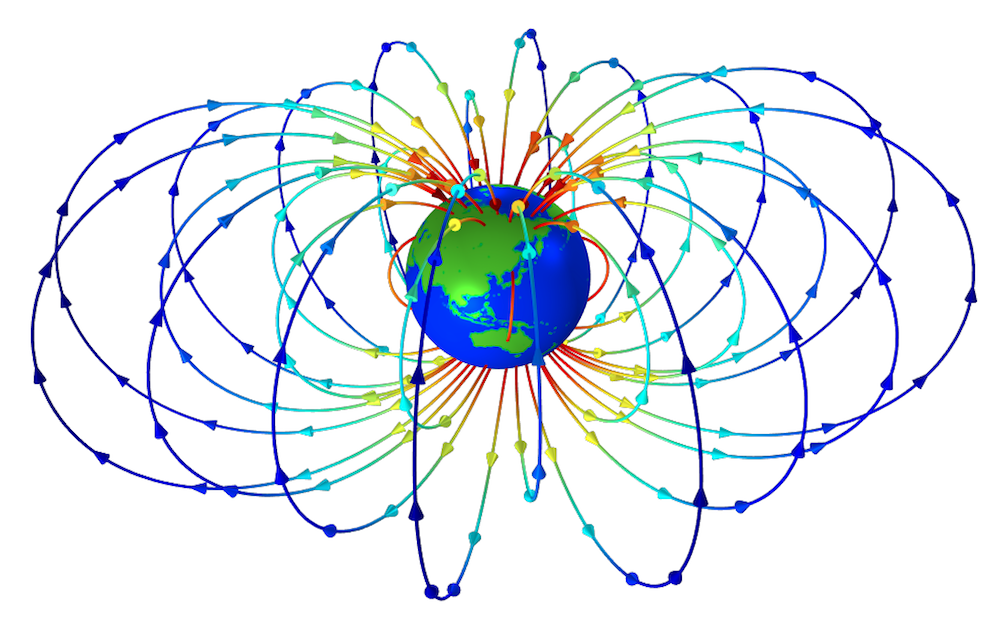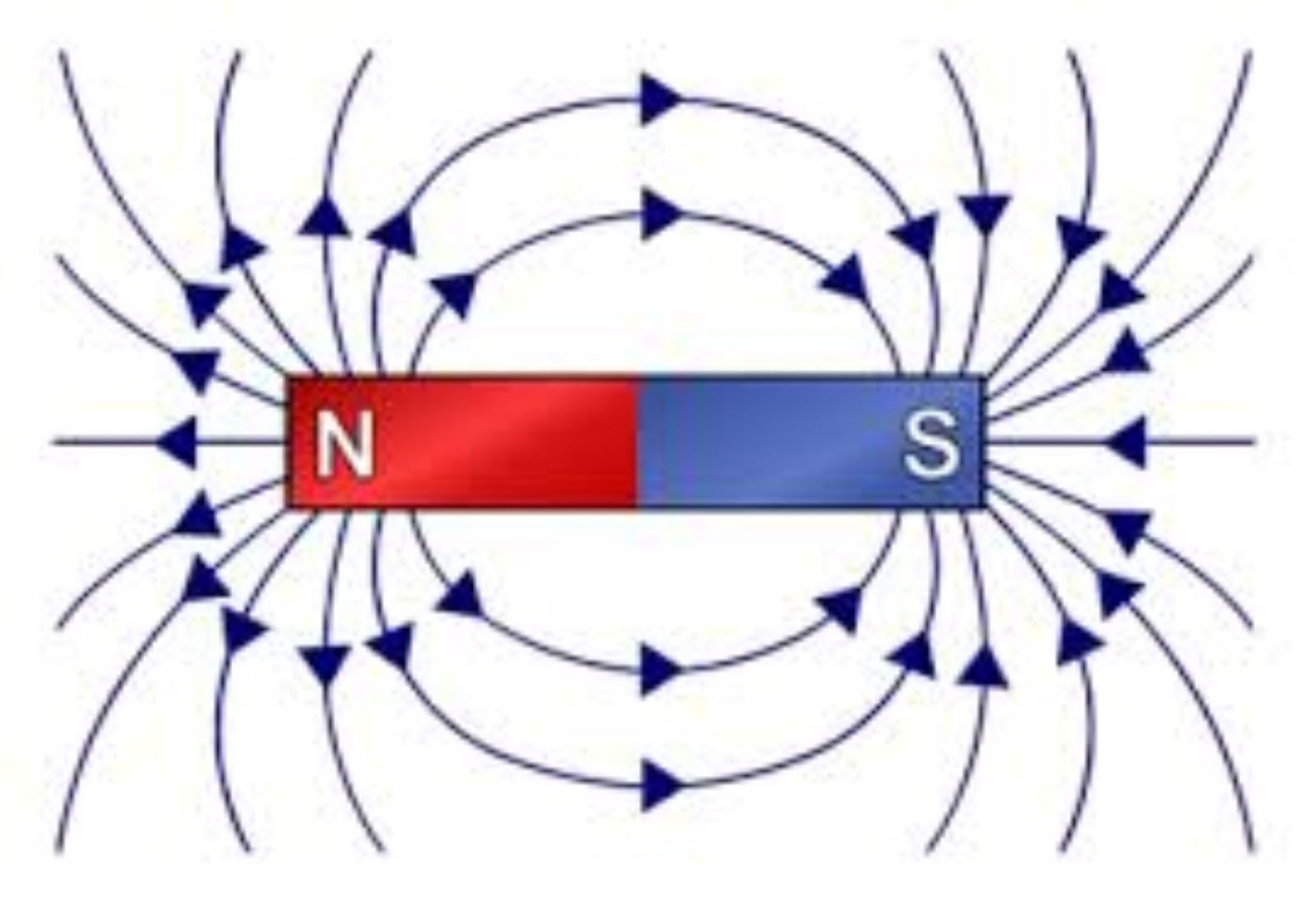

B = k \frac_B(x) B ( x ) = B A ( x ) + B B ( x ). One can easily propose a definition of magnetic charge analogous to the electric charge and claim that the field follows a Coulomb-type lawī = k m 1 r 2.

Whether magnetic monopoles are real or not, the elegance of this idea is evident. The magnetic field lines are the trajectories a north magnetic monopole would follow when placed in the magnetic field. This idea brings us to a different definition for the field lines: For example, the magnetic field of monopoles and the electric field of charges would exhibit the same behavior, and a moving magnetic monopole would induce a circulating electric field (diagram below). If monopoles were isolated in nature, they would be found to undergo similar interactions in the electric field as an electric charge undergoes in a magnetic field. We can say that the magnetic field lines emerge out of north poles and converge at south poles. Note that monopoles reduce magnetic phenomena to their electrostatic analogue. Nevertheless, they are useful tools for thinking about magnetic field lines and to otherwise conceptualize ideas about magnetism. Their existence is disputed, although there is some evidence that they can be artificially synthesized. Another way to imagine these is as magnetic charges, analogous to protons and electrons. Black sand from the beach-which is made of magnetite and does not rust-can also be used as a substitute for iron filings.Monopoles are (as yet) theoretical objects that have either a north, or a south pole.

To prevent the bottle’s collapse, simply punch a small hole in the plastic with a pushpin. As the iron rusts, it combines with and removes oxygen from the air trapped in the bottle. This happens because the iron filings will begin to rust. Note that if you’ve sealed the plastic bottle really well by jamming the test tube into its mouth, the sides of the bottle will begin to collapse inward after a few hours-particularly if the inside of the bottle is damp. Even so, this Snack gives an indication of the shape of the magnetic field in three dimensions. The iron filings stick out like a crew cut on the ends of the magnet but lie flat on the sides (click to enlarge diagram below).īecause the iron filings become magnets themselves, their presence slightly changes the shape of the magnetic field. The field of a cylindrical magnet comes out of the end of the magnet and then loops around next to the side.

Since iron filings are rod-shaped, the atoms line up pointing along the length of the rod, and the rods line up parallel to the direction of the applied magnetic field. In a rod-shaped piece of iron, the atoms will tend to line up so that all the north poles face one end of the rod and all the south poles face the other end. Because the iron atoms line up, the piece of iron becomes a magnet and is attracted to the original magnet. When you bring a magnet near a piece of iron, the iron-atom magnets line up with the applied magnetic field: The north poles of the iron atoms all point in the same direction. Most pieces of iron are not magnetic, because the atomic magnets all point in different directions. Each atom in a piece of iron is a magnet, with a north pole and a south pole.


 0 kommentar(er)
0 kommentar(er)
